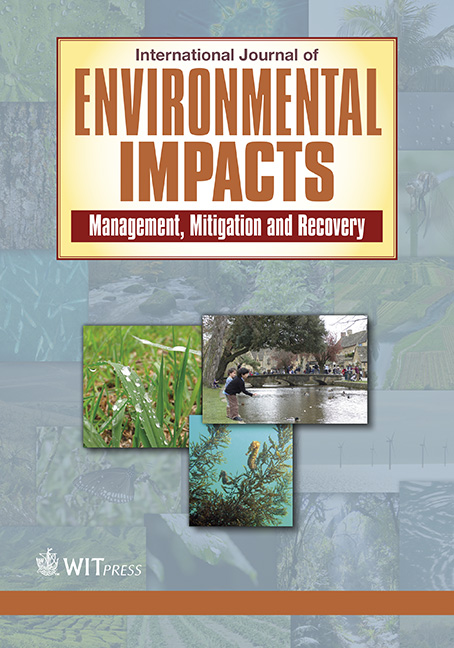Towards zero CO2-, NOX- AND PM10-emissions by passenger cars: technology & behaviour
Price
Free (open access)
Volume
Volume 2 (2019), Issue 2
Pages
13
Page Range
192 - 205
Paper DOI
10.2495/EI-V2-N2-192-205
Copyright
WIT Press
Author(s)
Jaap M.Vleugel & Frans Bal
Abstract
Modern societies rely on mass mobility, in particular by private car. Car numbers are growing worldwide due to economic and other factors. Nearly, all have engines that run on fossil fuels. Use of fossil fuels contributes to climate change (via CO2-emissions) and local air pollution (primary NOx- and PM10-emissions). Both have profound environmental and health implications. The paper explores the
technical and behavioural feasibility of zero-emission private car use in The Netherlands in 2030. Base year is 2010. The following research questions are addressed:
1. How much CO2, NOx and PM10 did passenger cars emit in 2010?
2. How much will this be in 2030?
3. What would these figures be if electric cars become mainstream in 2030?
4. What would the impact be of sustained urbanization on these emissions?
5. How would a greener power mix in electric power plants affect the emissions of CO2, NOx and PM10 by electric cars?
A simulation model was used to quantify a rich set of scenarios. Many car manufacturers aim to produce more (fully) electric vehicles (FEVs) in the coming years. More FEV translates into less (growth in) consumption of fossil fuels and emissions. The remaining emissions are still on the high side. Urbanization
may support a further reduction. It reduces car ownership and use and thereby the growth in car kilometres, fossil fuel consumption and emissions. Growing production of renewable energy gradually makes the power mix greener. The most extreme combination of scenarios enables society to reduce CO2-emissions far beyond the −50% target in 2030 for the assumed car mobility scenario.
The feasibility of this outcome is rather uncertain. An extension of decades of neoliberal, market-first transport policy would very likely slow down the pace of the transition.
Keywords
air pollution, behaviour, car technology, car use, climate change, simulation, 2030.




